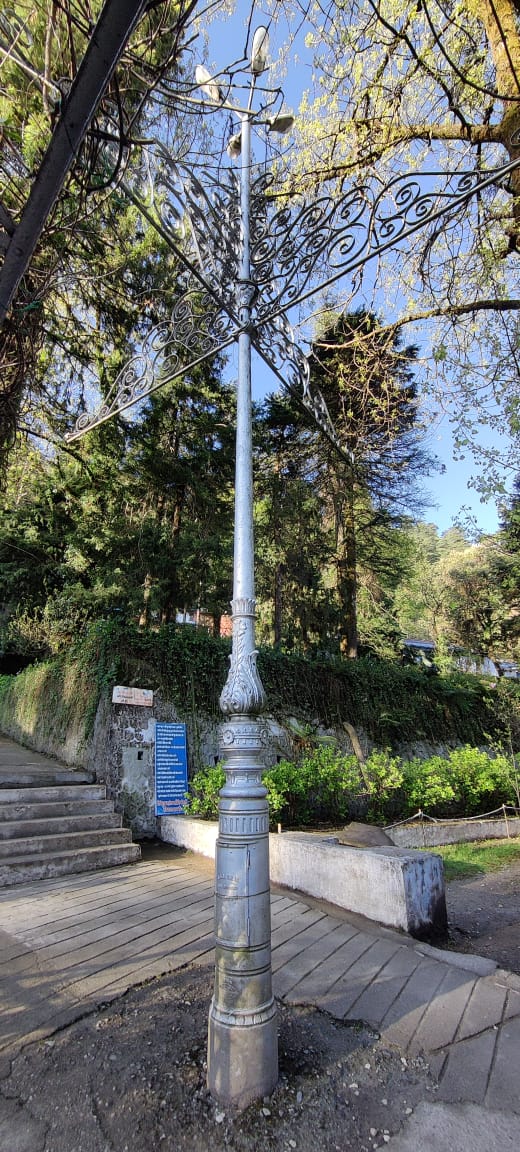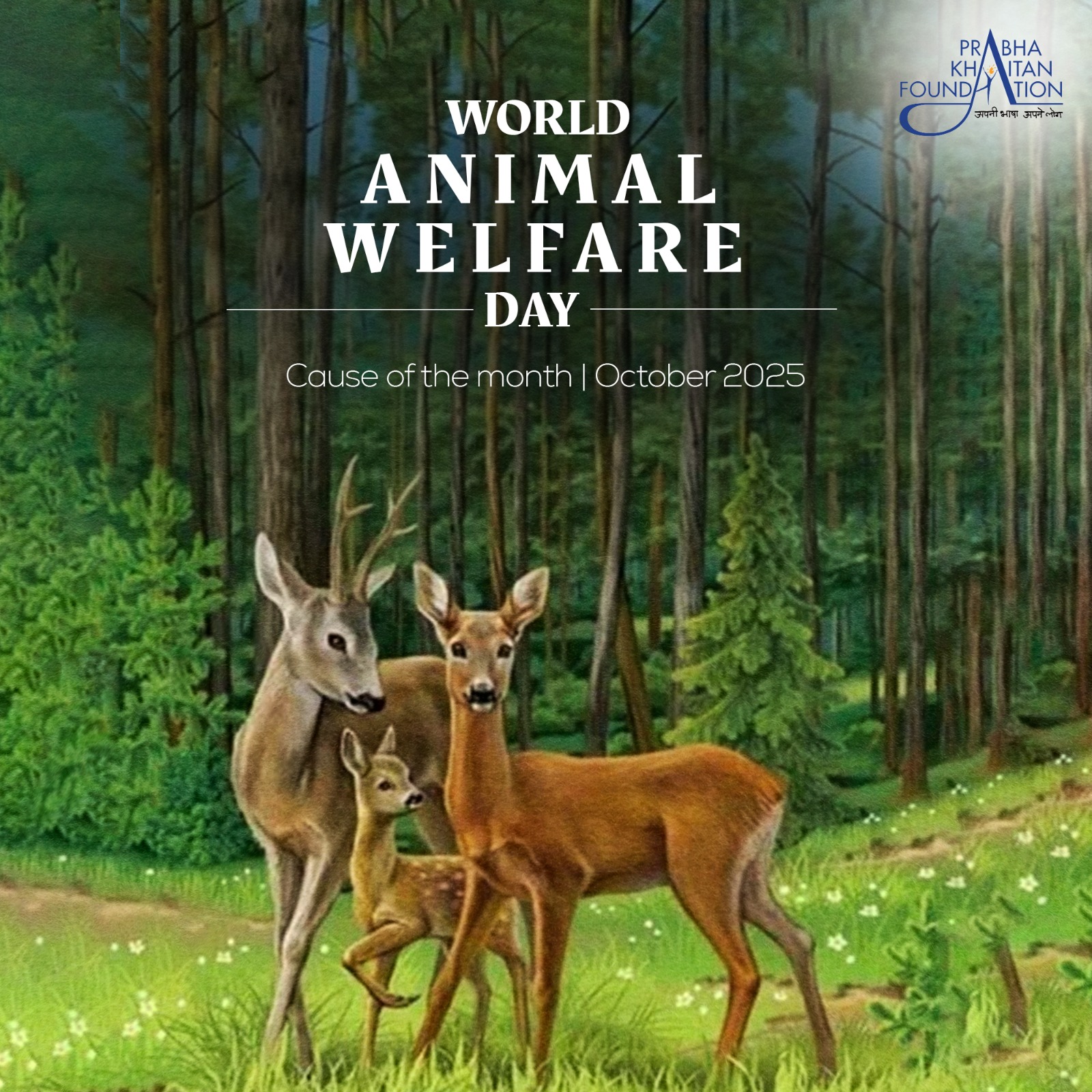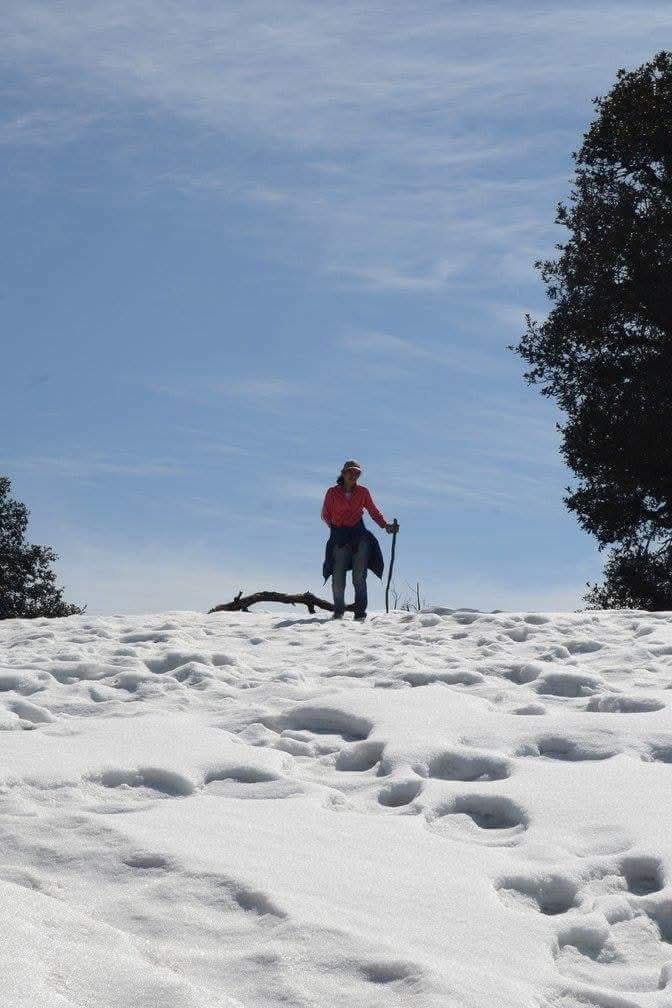
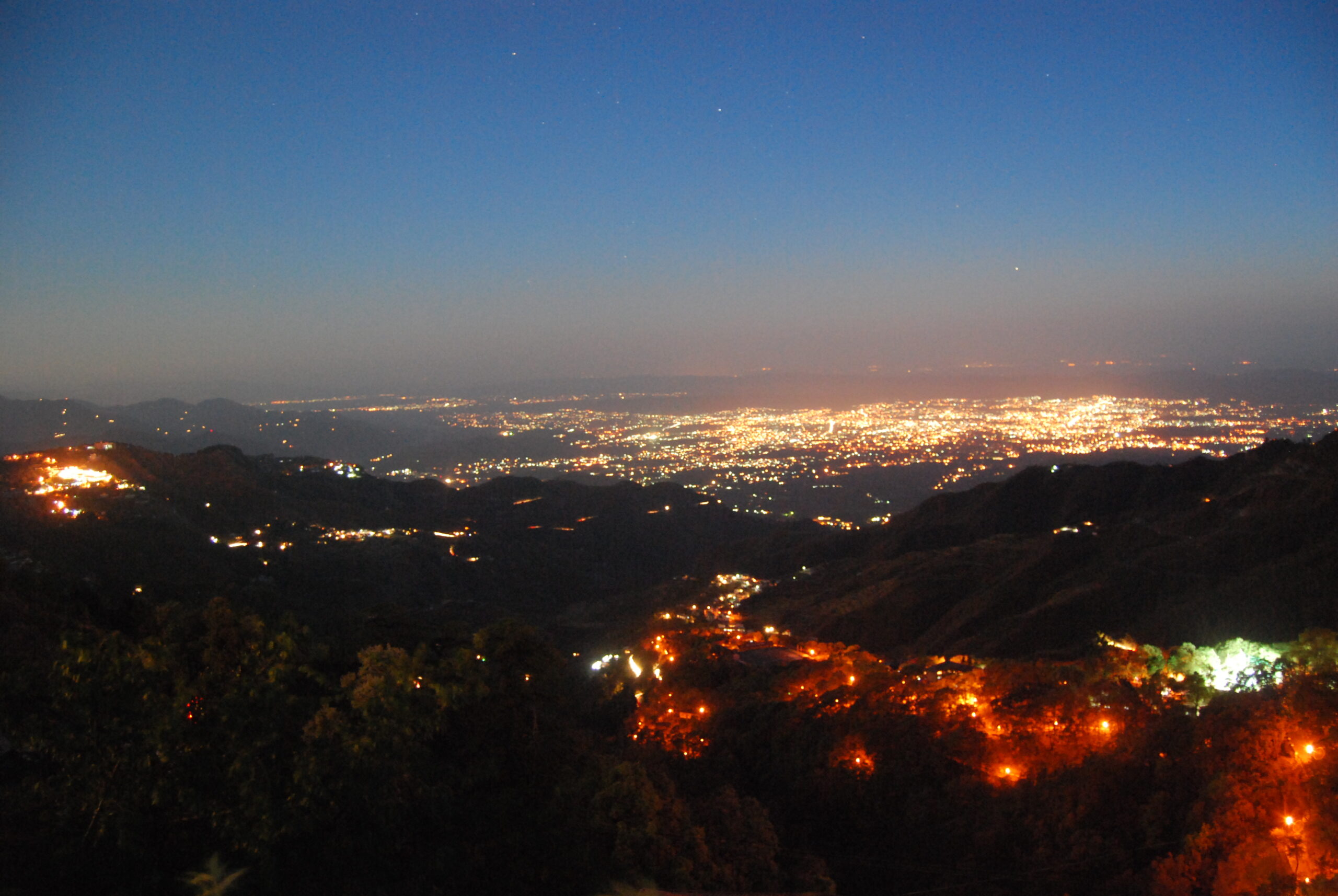
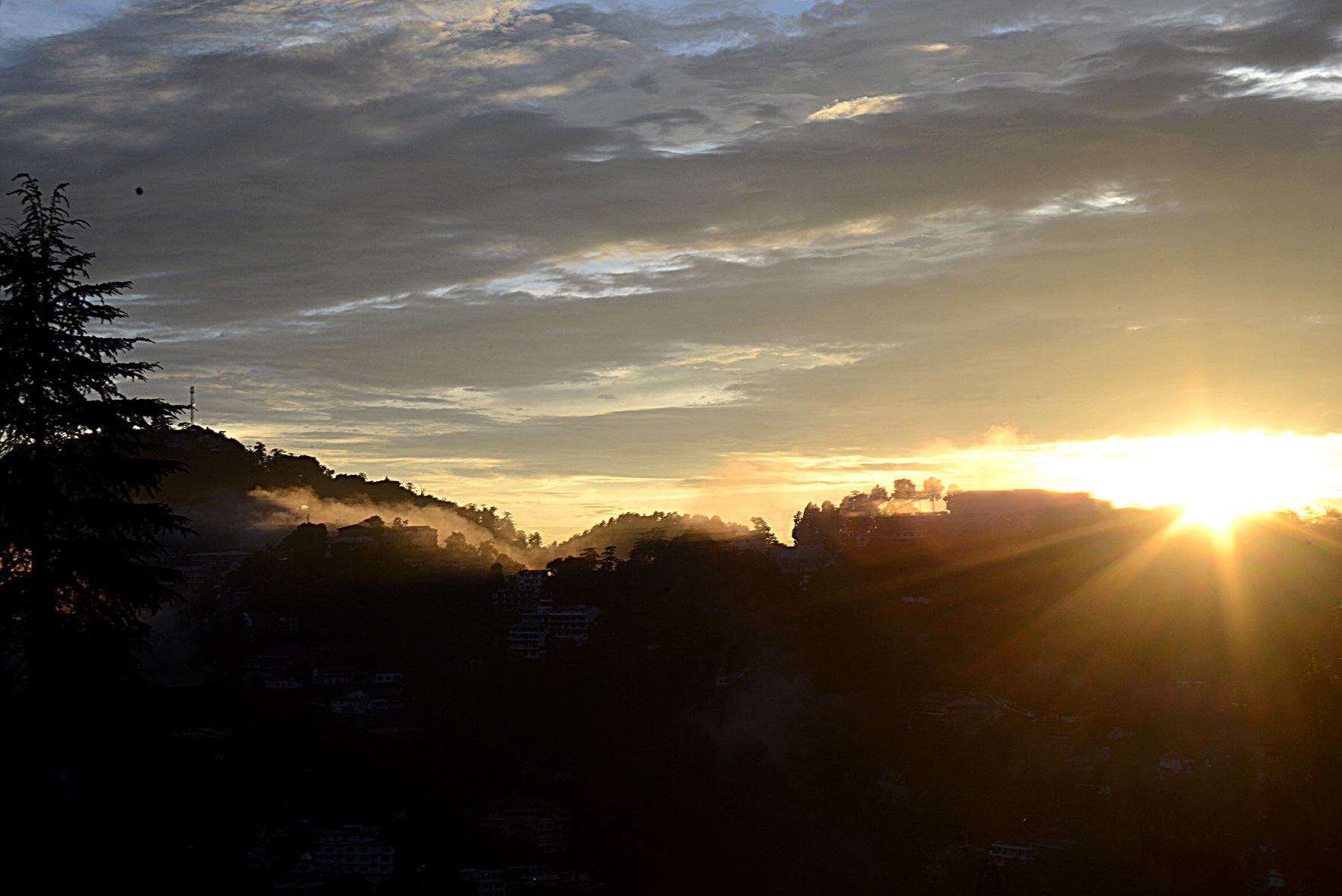
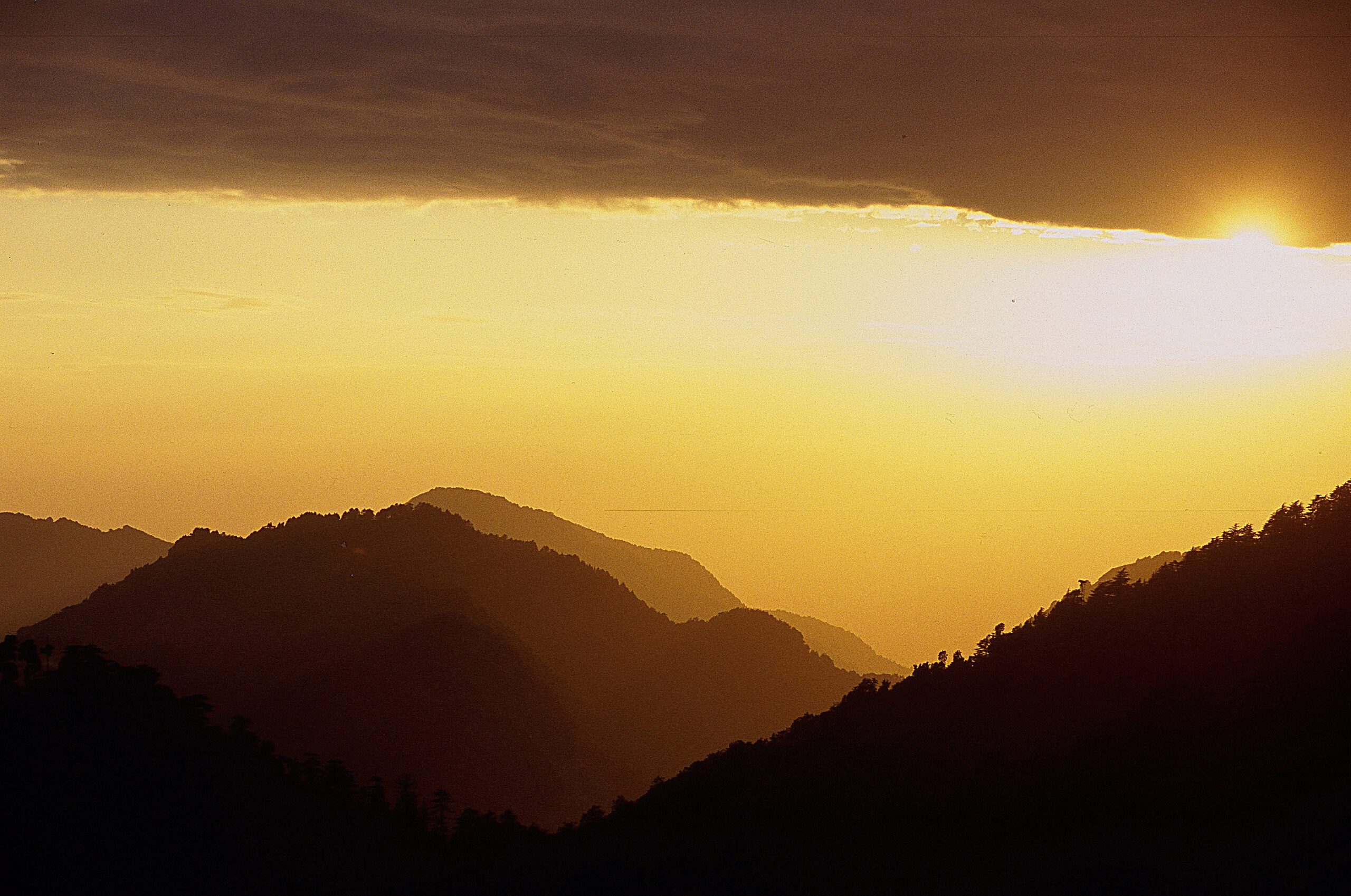
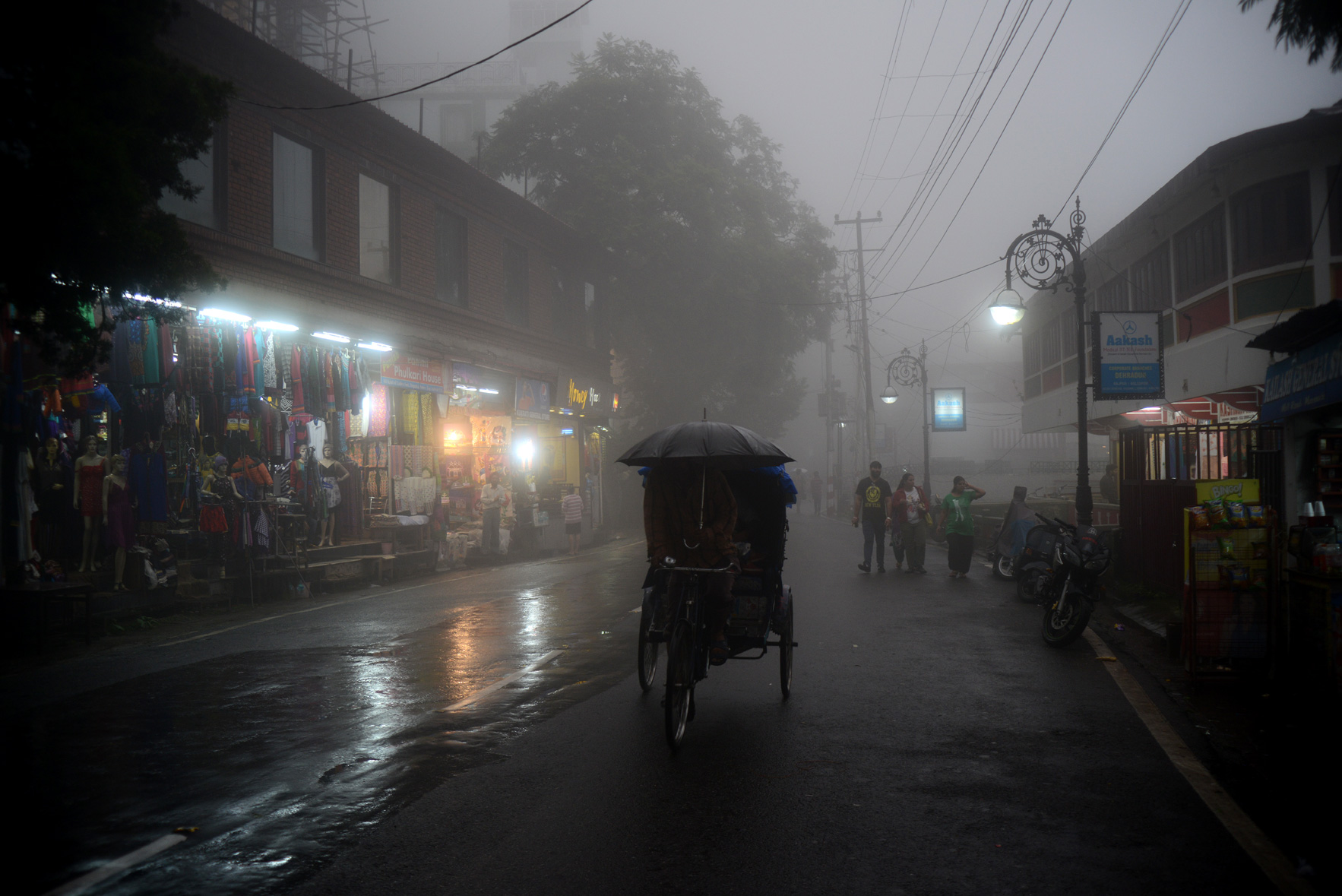





The Mussoorie ridge was once a lush forest comprising of oak, rhododendron and deodar trees where the people of Bhatta and Kyarkuli villages grazed their cattle. They even built cattle sheds along the seven flat lands fed by small streams along the ridge One particular shrub called Mansoor (cororiana nepalensis) grew in abundance here hence the villagers named the ridge Mansuri. It was during the year 1826 that Captain Frederick Young of the Sirmour Rifles ventured out on a horse from Rajpur into the Mansuri ridge. The region was rich in exotic flora and fauna so Captain Young and Sir F.J. Shore built a shooting box around the Camel’s Back Road area. Later, Captain Young made the first residential building in Mansuri which he named Mullingaar after his county in Ireland. The climate of the ridge was very pleasing for a healthy sojourn and subsequently therefore, the Landour Sanitarium was established here. After that many more British followed suit resulting in the establishment of the Landour and Mussoorie Township. Eventually, Mansuri of the local hill folk became a haven for pleasure with the Queen of the Hills as its new identity. The royalty and galore of that time lured the princes and the nawabs of the Indian states who got built their impressive palaces and chateaus in and around the town. Soon, the Hillman from the villages of neighboring Garhwal and businessmen community from the plains and the Gorkhali people began immigrating in pursuit of commercial opportunities. After the Chinese occupation of Tibet in the year 1959 a number of Tibetans got settled in the Happy Valley area turning Mussoorie into a harmonious culmination of a unique social setup. However, the very essence of the Queen of the Hills is loaded with the romance and charm of the colonial times which still beckons through its tranquility.
The Queen of the Hills stretches majestically east-westwards overlooked by the Greater Himalayas in the north and cradled by the vast Doon Valley in the south thus forming a buffer zone between the ultra-modern life of the plains and the village/tribal way of life around Jaunpur-Jaunsaar.
Mussoorie is one preferred destination for strolls through the mall road, tranquil pathways through old colonial building, nature walks through thick wooded stretches and pleasant drives through ancient hamlets. The places of tourist interest in and around Mussoorie includes Landour-Sister Bazaar, The Mall Road, Gun Hill / Rope Way, Happy Valley / Tibetan Monastry, Kempty Falls, Company Garden, Camel’s Back Road, Lake Mist, Bhatta Falls, Jharipaani Falls, Pari Tibba, Sir George Everest House, Benog Birds Sanctuary/Jwala ji temple, Bhadraaj Temple and Forest, Yamuna Bridge, Naag Tibba, Lakhamandal and Yamunotri, Dhanolti Forest, Surkanda Devi Temple, Chamba, Rishikesh and Tehri Lake.







